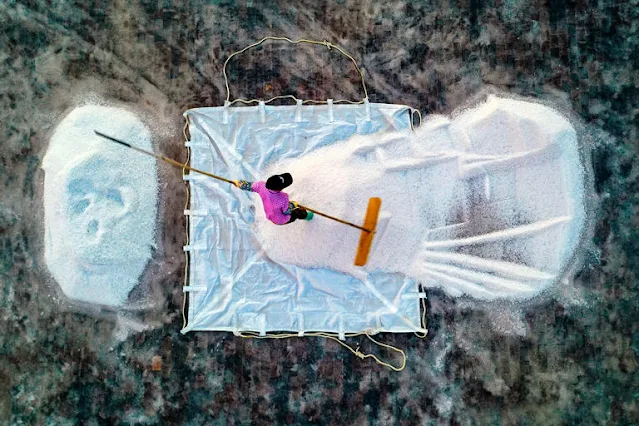It is unsettling to imagine that human activities are rendering the planet increasingly uninhabitable, typically associated with greenhouse gas emissions, rising sea levels, or ocean acidification.
However, a recent study published in the journal Nature Reviews Earth & Environment reveals that a range of industrial activities, from construction and agriculture to water and road treatment, are also contributing to Earth becoming excessively salty.
The study emphasizes the urgent need to identify environmental limits for salt ions and reduce salinization before exceeding planetary boundaries.
This threat could lead to freshwater salinization syndrome, making water uninhabitable for both wildlife and humans.
The authors describe this phenomenon as an "anthropogenic salt cycle," which is accelerating nature's slower salt cycle.
This cycle, driven by human activities like mining and land development, is dislodging various types of salts beyond just sodium chloride, such as those related to limestone, gypsum, and calcium sulfate.
Human-caused salinization is already affecting about 2.5 billion acres of soil globally and has increased salt ions in rivers and streams over the last 50 years.
This disturbing trend highlights the significant perturbation of Earth's natural processes by human activities.
The concept of "planetary boundaries" warns of exceeding Earth's physical limits to support life.
Scientists caution that human activities, including the emission of greenhouse gases, are pushing these boundaries dangerously close.
If global temperatures increase by at least 1 degree Celsius, billions of people could face extreme heat annually, unable to naturally cool their bodies.
This underscores the critical importance of addressing climate change and other environmental issues.
Every resource consumed comes at a cost, including seemingly simple things like salt, emphasizing the need for sustainable practices to ensure the health and habitability of our planet.

